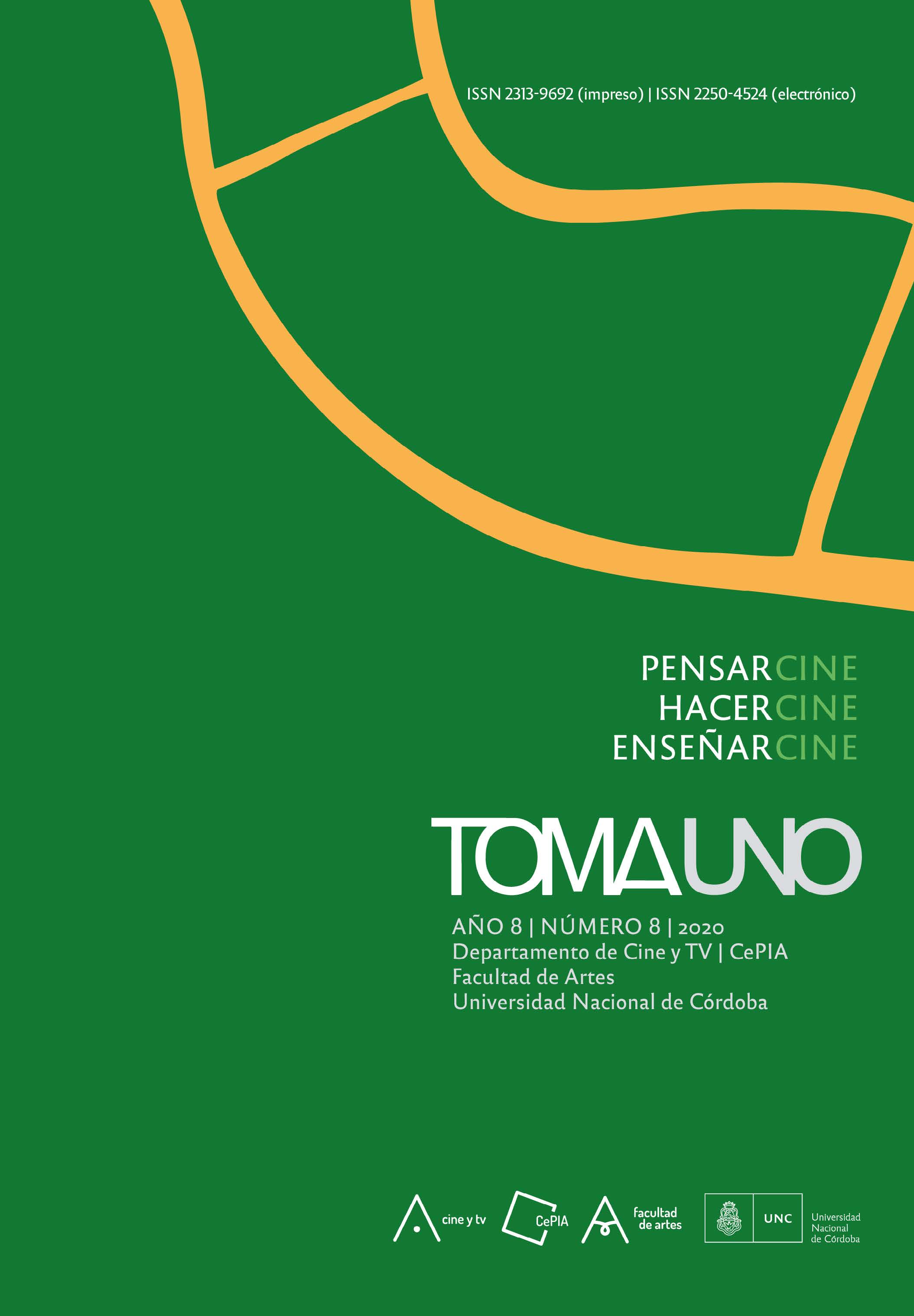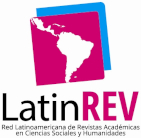Mirar con el lente del género: reflexiones acerca de la puesta en escena y la enseñanza de la realización audiovisual
DOI:
https://doi.org/10.55442/tomauno.n8.2020.30782Keywords:
Mise-en-scène, gaze, representation, audio-visual production, teaching artsAbstract
In this work we intend to reflect on the ways in which lecturers can contribute to generating questions that encourage reflection about gender in decisions related to the cinematographic form in the works of students of audio-visual careers. The article seeks to observe the gaps through which certain questions may appear when working on the “mise-en-scène” with students of Film and Television at the National University of Córdoba.
How to link the particular realization process of each group of students with processes of greater awareness about “gender as a technology” that produces bodies? How to favor feminist agency even though the film expects to make use of narrative conventions produced at the heart of a patriarchal society? What we addressed here is the ways in which the lecturer can generate awareness in the students about the relationship between the techniques used for lighting, the setting of the camera, the makeup, the interpretation of the actors, the ways of organizing the work, etc. and the bodies, both those that are filmed and those that film, before, during and after the moment of staging.
__
ARK: http://id.caicyt.gov.ar/ark:/s22504524/72atz723q
Downloads
References
Aumont, J. (2013). El cine y la Puesta en Escena. Buenos Aires: Colihue.
Chow, R. (2001). A Phantom Discipline. PMLA, 116(5), 1386-1395.
De Lauretis, T. (1991). La tecnología del género. En C. R. Escandón (Comp.), & G. E. Bernal (Trad.), El género en Perspectiva (pp. 231-278). UAM.
Didi Huberman, G. (2010). La doble Distancia. En Lo que vemos, lo que nos mira. (pp. 93-110). Buenos Aires: Manantial.
Didi Huberman, G. (2010, diciembre 18). Las imágenes son un espacio de lucha (A. Fernández-Savater) Público. Recuperado de https://blogs.publico.es/fueradelugar/183/las-imagenes-son-un-espacio-de-lucha
Hernández, F., & Sancho, J. M. (1993). Para enseñar no basta con saber la asignatura. Barcelona: Paidós Ibérica.
Mulvey, L. (1975). Visual Pleasure and Narrative Cinema. Screen, 16(3), 6-18.
Perona, A. M. (2010). Ensayos sobre video, documental y cine. Córdoba: Brujas.
Ruiz, R. (2000). Poética del Cine (W. Rojas, Trad.; 1°). Santiago de Chile: Editorial Sudamericana.
Russo, E. A. (2012). Cine: Una puesta en otra escena. Quince años después. En J. La Ferla & S. Reynal, Territorios audiovisuales: Cine, video, televisión, instalación, documental, nuevas tecnologías, paisajes mediáticos. (pp. 49-64). Buenos Aires: Libraria.
Schön, D. A. (1992). La formación de profesionales reflexivos. Hacia un nuevo diseño de la enseñanza y el aprendizaje en las profesiones. Barcelona: Paidós Ibérica.
Touza, S. (2020). La corporalidad de la atención y el deseo de dispositivos. En A. M. Tello (Ed.), Tecnología, política y algoritmos en América Latina (pp. 209-221). Viña del Mar: CENALTES Ediciones.
Downloads
Published
Issue
Section
License
LicenseThis work is licensed under Creative Commons Attribution-NonCommercial-NoDerivs 2.5 Argentina .


































